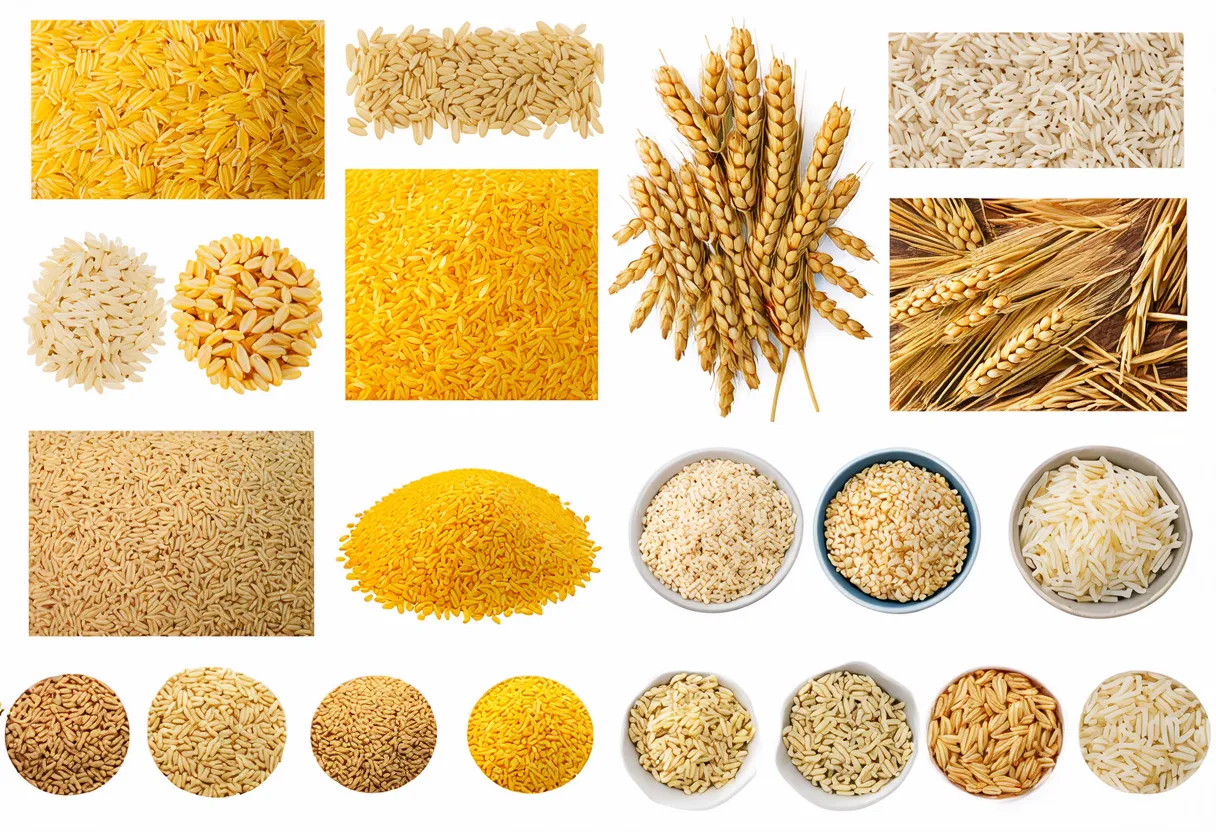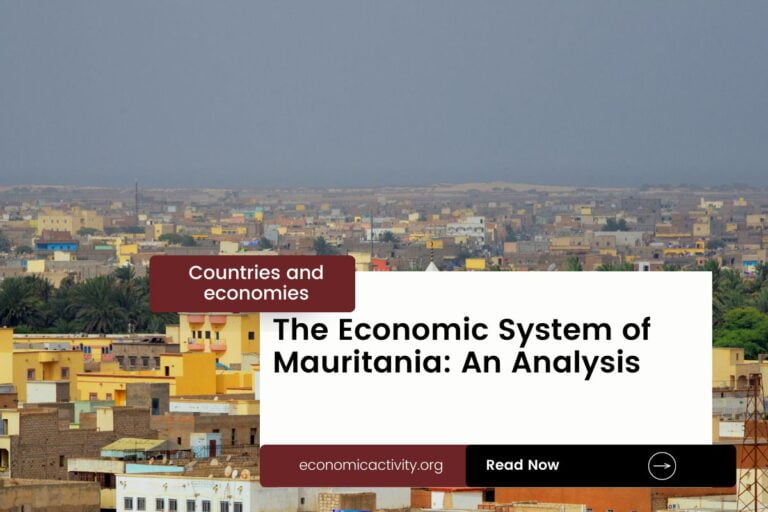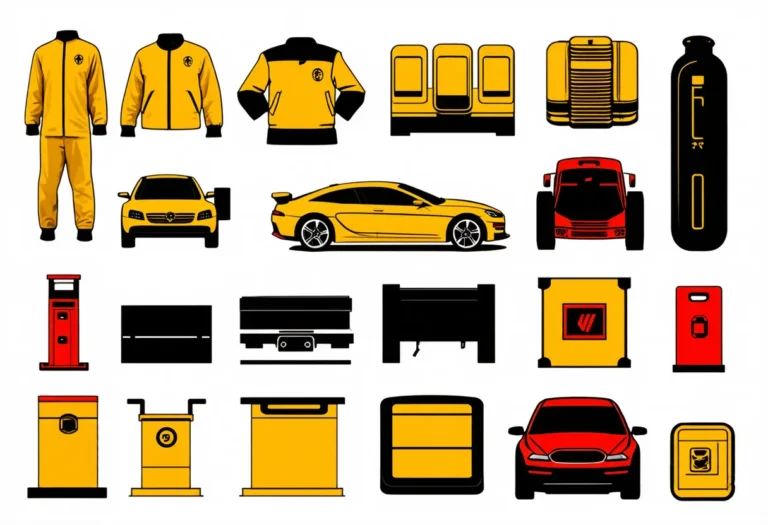Guinea, with a population of 13,859,341, is ranked 72nd in the world, just behind Zimbabwe. Located in West Africa, Guinea covers a total area of 245,860 square kilometers, ranking 76th globally, just below Ecuador.
Guinea’s economic position in 2022 shows a GDP of $20,999,229,260.50, ranking it 115th globally. It is slightly behind Gabon, which has a GDP of $21,071,739,224.89. In terms of GDP per capita, Guinea ranks 156th with $1,515.17, falling short of Cameroon, which has a GDP per capita of $1,563.49.
Despite facing some challenges, Guinea’s economy is steadily growing and diversifying, with investments in sectors like mining and agriculture contributing to its development. The government’s focus on infrastructure and economic reforms is expected to further boost the country’s economic prospects in the coming years.
What are the economic activities of Guinea?
- Primary activities: 19.8% of GDP.
- Secondary activities: 32.1% of GDP.
- Tertiary activities: 48.1% of GDP.

Primary Sector of Guinea
The primary sector of Guinea is predominantly focused on agriculture, taking advantage of its tropical climate and abundant natural resources. With 59.57% of the country’s land dedicated to agriculture, Guinea produces a variety of crops including cassava, rice, groundnuts, oil palm fruit, maize, fonio, plantains, potatoes, sweet potatoes, and yams.
Despite agriculture contributing 19.8% to the GDP, its significance lies in the diverse range of crops and animal products it produces, sustaining local livelihoods and ensuring food security. The sector plays a crucial role in Guinea’s economy, showcasing the importance of agricultural activities in the country’s development.
The country boasts a rich geological diversity, enabling the abundance of natural resources. Bauxite, iron ore, diamonds, gold, uranium, and hydropower drive the economy. Additionally, the primary sector benefits from fish and salt reserves.
Secondary Sector of Guinea
What is the secondary sector or what are secondary activities?
The secondary sector in Guinea encompasses industries that transform raw materials like bauxite, gold, diamonds, and iron ore obtained from primary activities into finished products for consumption. The country’s main industrial products include bauxite, gold, diamonds, iron ore, light manufacturing, and agricultural processing.
In 2023, Guinea’s total exports are mainly driven by natural resources such as minerals and agriculture, making the contribution of manufactures to the overall export percentage relatively insignificant.
Tertiary sector of Guinea
What is the tertiary sector or what are tertiary activities?
The tertiary sector in Guinea encompasses various services where individuals provide expertise and time to enhance productivity and meet needs. This sector includes intangible goods like advice and attention, catering to both consumer and business demands. Key tertiary activities in Guinea are healthcare, education, banking, communication, tourism, transportation, and security services. These activities play a crucial role in the country’s economic development and social welfare.
Specifically, Guinea’s economy heavily relies on tourism, with over 80,000 annual visitors. The country’s natural beauty, rich culture, and historical sites attract tourists globally. The Fouta Djallon Highlands and Lac de Youyou are among the most popular destinations, offering breathtaking landscapes and unique experiences for travelers.
Another example of tertiary economic activity is the mobile cellular sector, which boasts approximately 13.8 million subscriptions, equating to over 100 per 100 inhabitants. This extensive connectivity fosters technological growth, enabling innovation and enhancing access to digital services.
Military Activities and Economic Sectors of Guinea
The military is a clear example of many economic activities working together. The primary sector helps by providing resources needed for military use, like metals and fuels. The secondary sector is important too, as it manufactures military equipment. The tertiary sector includes services provided by the military, such as logistics and support. The quaternary sector focuses on military research and development, while the quinary sector involves high-level decision-making and strategy.
In Guinea, the military expenditure for 2023 is $504.5 million, which is 2.03% of the country’s GDP. The active military force has 9,700 personnel, giving a ratio of 1 active military member per 1,000 people in the population.
International Trade of Guinea
Import Activities of Guinea

Import activities in Guinea are crucial, accounting for 63.81% of GDP in 2023, totaling $1.34 billion. This highlights the country’s reliance on foreign goods for economic growth.
Guinea’s import activities are diverse, with key partners like China, India, Netherlands, UAE, and Belgium. The country mainly imports refined petroleum, rice, garments, plastic products, and wheat.
Exports Activities of Guinea

In 2023, Guinea’s total exports amounted to $9,170,403,862.57, accounting for 43.67% of its GDP. With exports playing a significant role, it indicates a high importance in driving the country’s economic growth and development.
Guinea’s export activities mainly involve gold, aluminum ore, coconuts/Brazil nuts/cashews, cocoa beans, and fish. The country’s top export partners are China (37%), India (27%), UAE (25%), Switzerland (3%), and Spain (2%).
Guinea economy challenges in 2024
In 2024, Guinea faces challenges with its growing but agrarian economy, vulnerable to climate change. Slow infrastructure development and gender disparities persist, hindering progress despite improving fiscal balances. The country’s mining sector remains a key player amidst ongoing struggles.




Leave a Reply